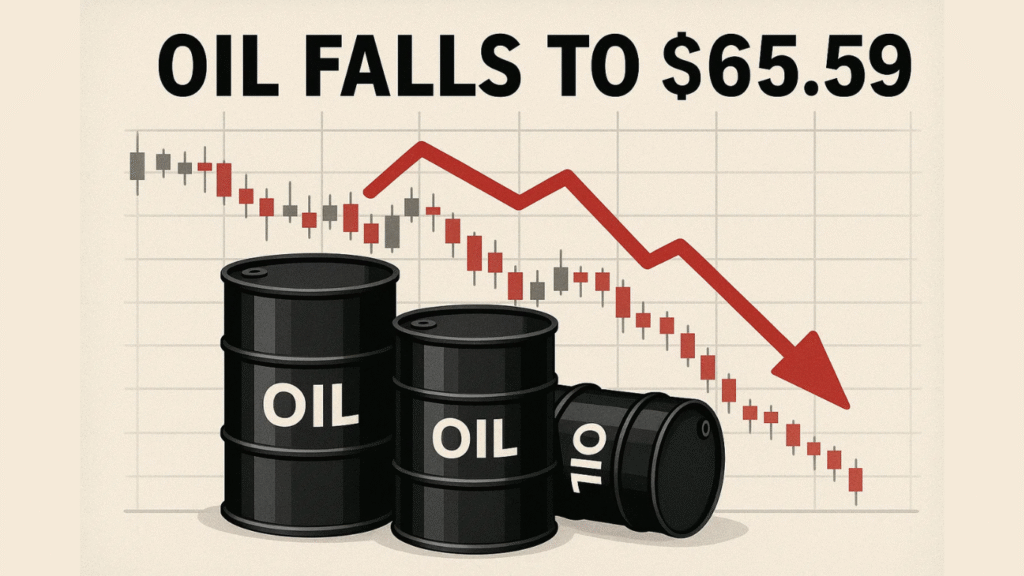Oil prices edged lower on Tuesday as expectations of an OPEC+ production increase countered optimism surrounding U.S.–China trade talks. Brent crude slipped 3 cents to $65.59 a barrel, while U.S. West Texas Intermediate (WTI) fell 5 cents to $61.26 by 03:59 GMT.
Analysts said traders were caught between supply-side headwinds and improving trade sentiment. “Markets are balancing OPEC’s output outlook with progress in U.S.–China negotiations,” ANZ Bank noted in a morning report.
OPEC+, which includes Russia and its allies, is reportedly leaning toward a modest production boost in December, according to four sources familiar with internal discussions. The move comes after years of supply curbs aimed at stabilizing global oil markets, which began to unwind earlier this year.
Trade Hopes Offer Limited Support
Investor sentiment found some relief in signs of renewed diplomatic progress between Washington and Beijing—the world’s two largest oil consumers. U.S. President Donald Trump and Chinese President Xi Jinping are expected to meet Thursday in South Korea to discuss potential trade compromises.
Beijing’s Foreign Minister Wang Yi urged the U.S. to “meet halfway” to enable what he called “high-level interactions” between the nations. Market watchers say a deal could improve demand forecasts, but gains remain capped by OPEC’s production strategy and rising global inventories.
Recent data shows global oil stockpiles hovering near 2023 highs, underscoring concerns that even strong demand growth may not offset supply expansion in the short term.
Russia Sanctions Add Uncertainty

Oil’s short-term volatility was amplified by new U.S. sanctions targeting Russian energy companies Lukoil and Rosneft—the first such measures imposed during Trump’s second term. In response, Lukoil announced plans to sell its international assets, marking a significant corporate shift since the onset of the Ukraine conflict in 2022.
- The International Energy Agency (IEA) warned that sanctions could lift prices temporarily.
- However, ample spare capacity across OPEC members is expected to cushion the market.
- Analysts at Haitong Securities said long-term supply losses remain “limited.”
While last week’s rally marked oil’s strongest weekly gain since June, traders now see limited upside unless sanctions materially disrupt global output. For now, OPEC’s production plans—and the fragile U.S.–China détente—remain the key forces steering oil prices.


